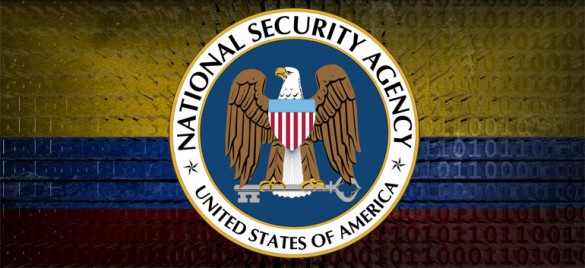 The idea of snooping on undersea cables is not alien in the world of counter-intelligence. In fact, it was in use by the US against the Soviet Union as early as 1970s. Even though such an escapade in the early 70s would only yield specific information, tapping into the current undersea fiber optic cables gives access to streams of highly valuable information. This is an opportunity that one of the most powerful agencies in the world, National Security Agency (NSA) might have found too lucrative to forego.
The idea of snooping on undersea cables is not alien in the world of counter-intelligence. In fact, it was in use by the US against the Soviet Union as early as 1970s. Even though such an escapade in the early 70s would only yield specific information, tapping into the current undersea fiber optic cables gives access to streams of highly valuable information. This is an opportunity that one of the most powerful agencies in the world, National Security Agency (NSA) might have found too lucrative to forego.
How your data can be captured

The information regarding how NSA pulls out this alleged massive data “theft” remains hazy. While some sources claim that the agency makes use of a “prism” (hence the program’s codename) to split the light beams in the fiber optics cables into two , one for their own use and another to continue with its journey, experts argue that this is too complex a procedure to effectively sustain.
According to a Deutsche Welle report, it would be easier to do the tapping at regeneration points and sometimes landing stations since at these points the data is split out and more easier to tap into. Nonetheless, all sources seem to concur with the fact that probes and prisms are used to create a replica beam of the light without disrupting the “flow of the original Internet traffic.”
NSA collaborators

Just like anything else that has ever been associated with NSA, the details about the scheme remain closely guarded with none of the allegedly associated entities accepting the responsibility. Many claim that NSA collaborates with internet service providers and landing country authority to gain access to the data trunk, allegations that most of these players vehemently denounce.
With no one accepting responsibility, not even Google or Facebook who allegedly collude with the agency to deliver detailed user information, it is hard to figure out how deep the intrusion is. There is the probability that NSA does not go through all the information it diverts. Nonetheless, experts like Tim Stronge from TeleGeography believes that if the PRISM is real, it has the power to tap into large amounts of data from different sources since data over the internet will take “the least congested route that is available to their providers.”
The way forward
The NSA internet backbone breach, if true, will not really get many internet users off guard. Even though NSA vehemently denounces the allegations and claims that it cannot even search its own emails, many internet users know that all the information they transmit online is bound to be stolen by one counter intelligence agency or another. Some argue that it makes the internet a safer place to be in; others believe that this is a direct violation of the fourth amendment of the United States constitution.

Leave a Reply
You must be logged in to post a comment.